Sozopol boasts 7000 years of history with an exhibit of ancient pottery and gold leafs even at the entrance of a grocery store, then I can’t help imagining Plovdiv saying, “hold my beer”, or, “hold my rhyton”, as there has been 8000 years of civilization in Plovdiv incessantly.
Even the fountain at the pedestrian street was in the golden rhyton shape. We were amused when we saw it and also excited to know this design. We think that this fountain is more like the rhyton in the National Museum of History in Sofia (the second photo in the top gallery) than the ones in the Plovdiv Regional Archaeological Museum (shown in a gallery later).
We took a bus from Sofia to Plovdiv. The bus station building also houses the train station with the train tracks on the other side of the building, that’s convenient. From there, we first climbed to the Alyosha monument at the top of the Bunarjik Hill. The city was sprawling beneath it. Then we passed the singing fountains (it is nice and big like a small lake, although no music during the day) and the Tsar Simeon Park (a very relaxing green park) to get to the old town area.
On the way, there was the Roman Forum of Philippopolis. Philippopolis was the ancient name of the Plovdiv area when the Thracian inhabited here.
Plovdiv is the second largest city in Bulgaria with industrial regions spread around its outskirts, and it has taken great care to preserve its old town with the ancient Roman-style relics and many unique houses from the revival period (roughly 1770 to 1900). The tourist area is quite walkable, although a bit steep on the eastern side. Many houses do not allow photos inside, but the two links I provided here could give one a glimpse of each owner’s taste, background, and the influence of that era. Those houses were the most splendid ones and they felt comfortable to live in.
The one house that was not listed on those websites but we found to be quite unique was a doctor’s house, the Pharmacy Museum Hippocrates (Музейна аптека “Хипократ”). The entrance room was where the clients would have used and it was small without much decoration, but tidy and organized. The host of this house was so eager to show us around, and when he led us through the door into the inside of the house, we felt as if embarking on an adventure. The host first showed us all kinds of herbs in the garden that could be made into medicine, and we smelled quite a few and even tasted some. Then he led us into the rooms with the tools to grind, extract, mold, weigh, and dispense the medicine, and there were rows upon rows of original jars made out of crystals and porcelains to store the medicines. The cashier’s machine to print receipts was a second-hand purchase from Dayton, Ohio (if I got it right from the host), from about 150 years ago, and it still works now. There was a typewriter on the second floor from the old time and it still works, too. The ceiling was said to be original and in great shape. The host showed us a bottle of Aspirin pills in the Beyer’s brand from the cabinet from the old time and it didn’t seem spoiled (although no one would take it any more). What made the visit even sweeter was a cat in the house, who mewed behind the door when we were there, so the host let her out. She was not shy but rubbed our legs or just lay on the carpet on her back wanting us to rub her belly, that’s a very trusting pose for a cat. Obviously she would not have accompanied the doctor, but maybe the doctor had some pets then to accompany him through many busy days and nights when he needed to make the medicine, and his pets must be quite nimble and not to make a mess.
The Roman stadium in Plovdiv was the northern rounded end of the would-be oblong shape of the stadium, and the whole stadium was estimated to have a capacity of 30,000 people. The seated areas were just as steep and the stairs were just as narrow as the stadium in Athens, although the rest of the stadium was not available. On our first day in Plovdiv, we were merely strolling in town after dinner and wandered there, and there happened to be a show with singing and a mocking gladiator fight. The stadium was at the town center with shopping and dining around it, and it was below the ground level with an open ceiling so the walkers-by could watch it from the fenced boundary of its open ceiling. The songs sounded to be in some classical tunes and the female singer and the band all wore traditional clothes. They put on quite a show. After the singing, two gladiators in blue and red were moderated by a referee and fought multiple rounds with various shields and swords or other weapons. One guy was defeated in multiple rounds initially, but he persisted and won the last round. The referee then announced that both were winners, that’s actually to the best liking of the audience, and people all applauded. Again, one can’t help wondering how the real gladiator fights had been, which often decided their life or death.
The Ancient Theatre in Plovdiv was nearly as marvelous as the the one in Athens (the last photo is from Athens for comparison) with three stories of marble structures as the backdrop of the stage, and the seating areas were quite in shape. It was remarkable that the marble was carved as back support for the seats on the highest row in each section. We saw some sound system around the theater and the seat pads on the seats, and this theater might still be in use some time now. We wish that we would have an opportunity to watch a show there. Well, we witnessed a proposal there. When we walked down the stairs, there was a big group of family and friends around the stage area. After they were done with the initial excitement to tour the site, the guy called for attention from his folks and then knelt down on one knee and proposed to the lady in front of him. That lady must have said yes. Everyone in the group was so happy and they ensued with a dance party right on the stage following the music from a speaker that they brought. That, might be a show for us, and we were happy to soak in their happiness.
The Roman aqueduct of Philippopolis was partially restored at the western side of Plovdiv, and there was another segment near the base of the Bunarjik Hill where Alyosha monument was at. The aqueduct was an important engineering structure to provide fresh water to the city for the ancient civilization.
Another precious attraction was a mosaic museum, the Bishop’s Basilica of Philippopolis, which was newly opened in 2020. This very site of the museum had been buried over and over and transitioned from a temple, to a church, to a village, and then to a graveyard. There were two layers of mosaics laid in the Roman style during its first two functionalities, while the patterns of the mosaics showed the popular preferences at each era. This new museum has included the latest technology such as using projection to complete the missing part of a pattern, using VR or AR to demonstrate what the site used to be, and simulating the birds depicted by the mosaics to make them go live on screen. There is also an educational corner for the visitors to recreate the basilica or to put the broken pieces together. One could imagine how much efforts would be needed to excavate and preserve two layers of mosaics. There is still ongoing work to preserve these and there were some photos to document the excavation work in the past decades. There were several beautiful churches around the museum, and we happened to see a wedding group from the second floor of the museum. There was a smaller mosaic museum, the Small Basilica, about two blocks away, and we visited that one, too.
An earlier excavation, the waves with Narcissus in the center, was on display at the Plovdiv’s regional archaeology museum, and it was gorgeous. At the archaeology museum, there was another mosaic showing the fragment of a menorah, which was the first and only archaeological evidence of an ancient synagogue on the Bulgarian land.
By now you may have guessed that every archaeology museum in Bulgaria will likely include some gold work in the exhibit, so does the one in Plovdiv. The last photo was a sickle before the iron age, when people used antler and carved out a slit to hold multiple sharp stone pieces to form a curved blade of a sickle, that was a clever idea.
There were many great wall-paintings and we appreciated the plants and flowers along our way. The brown shell in the eighth photo below could be opened into three pieces as shown in the ninth photo, with the black seed in the center. Some shells already split while on the vines, and some fell to the ground, that’s how we could see its inside.
We found a Martenitsa (made by red and white yarns) in the shape of a boy and a girl, that’s traditional.


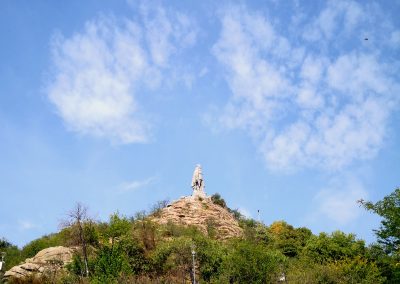
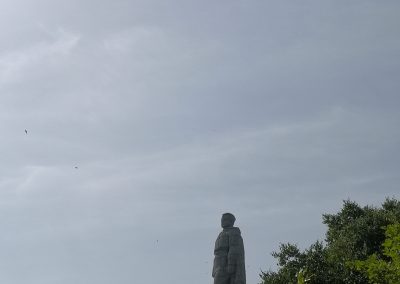
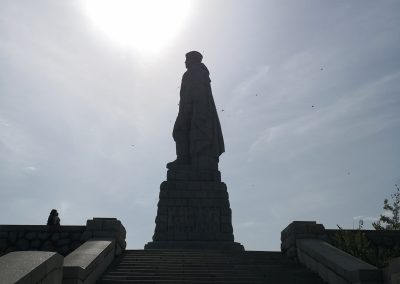
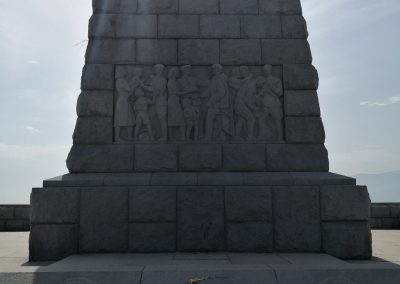
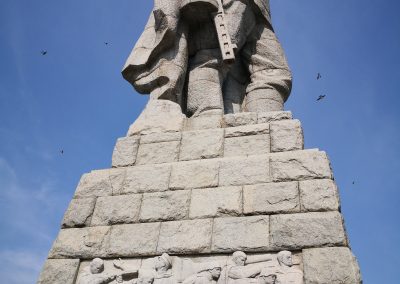

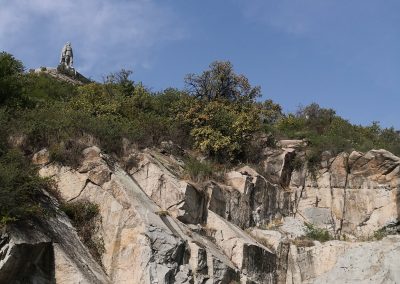
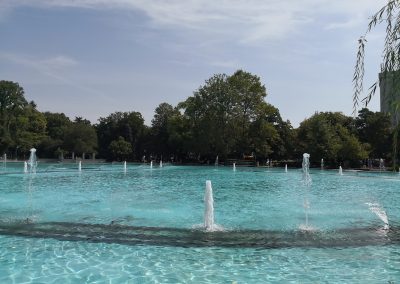

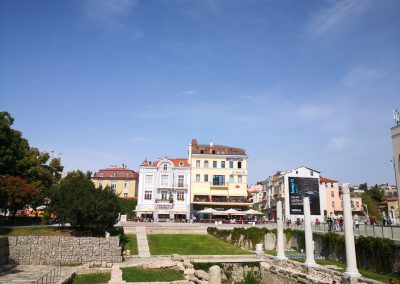




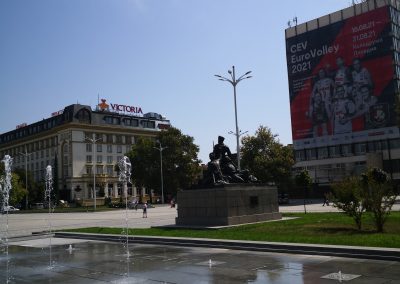
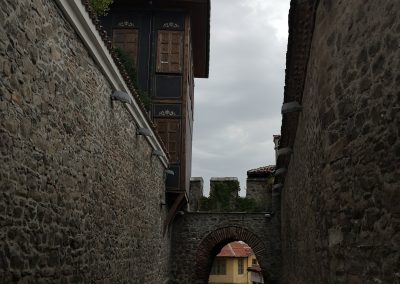
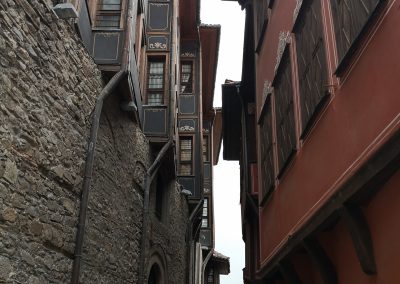

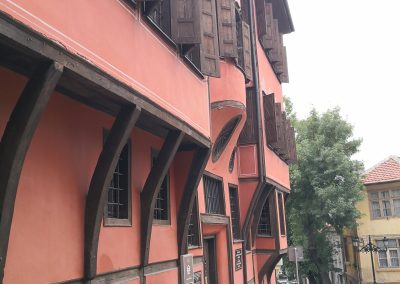

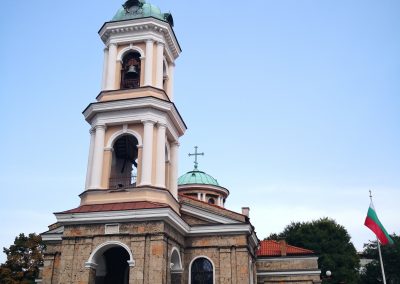
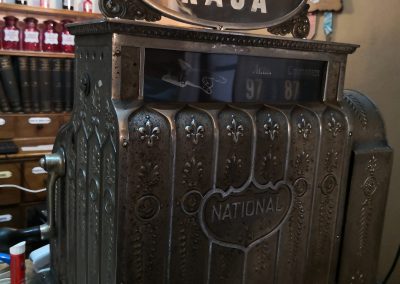

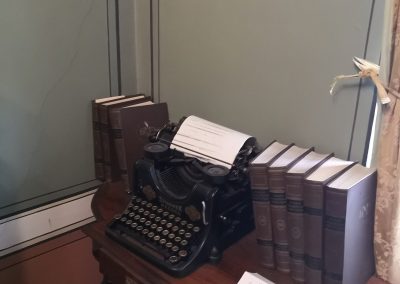
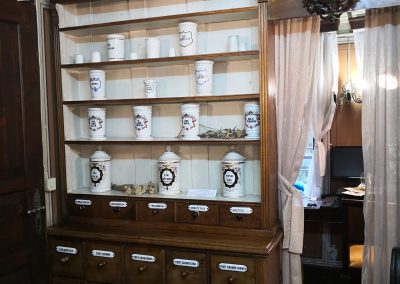
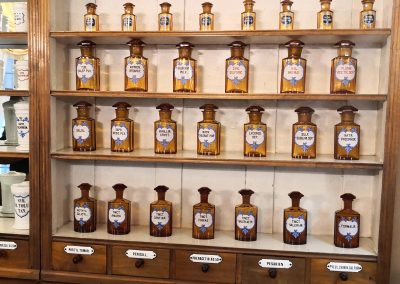
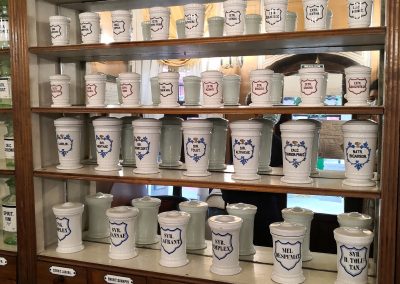
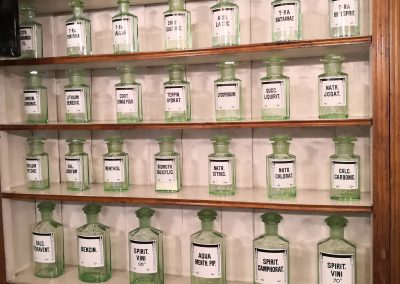
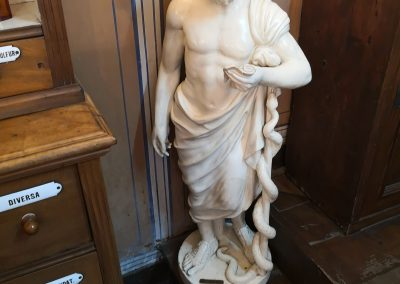

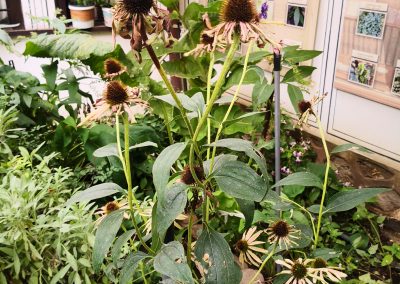
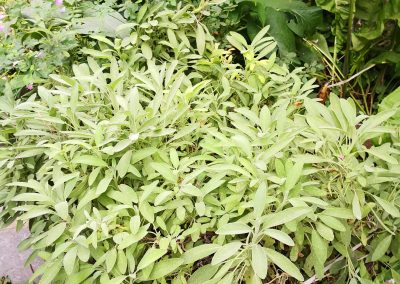
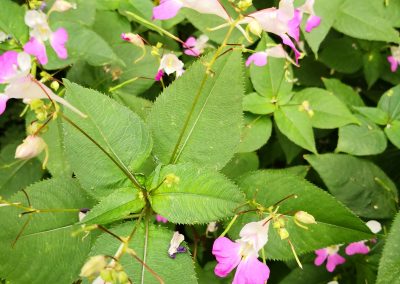
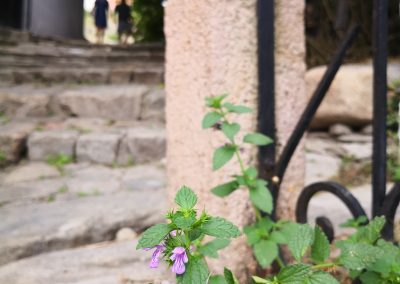

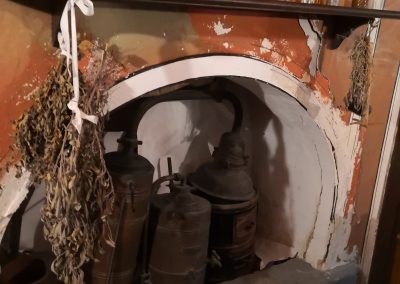

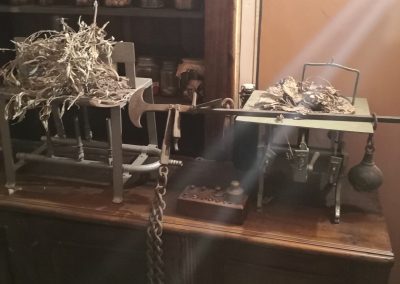

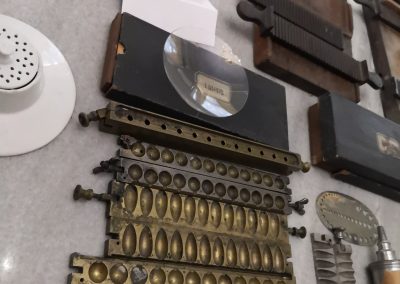
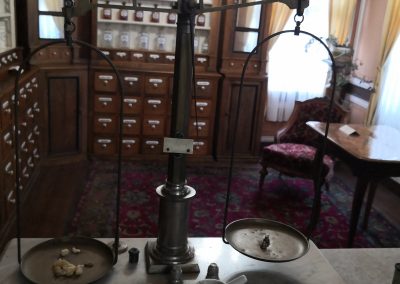
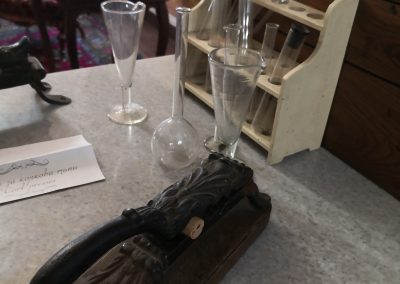

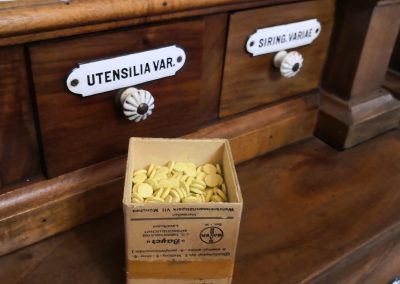


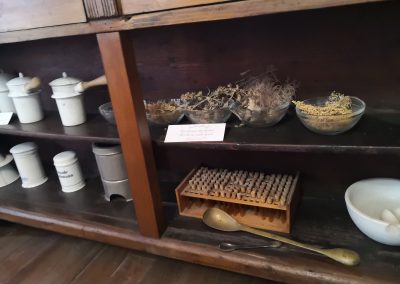

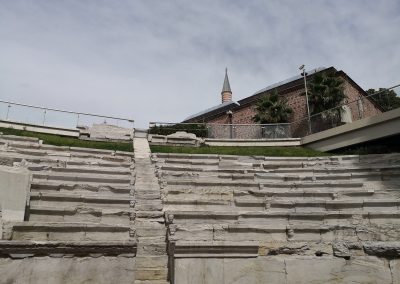
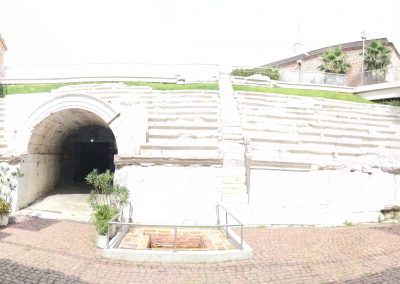



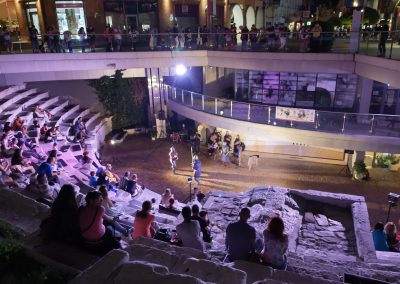
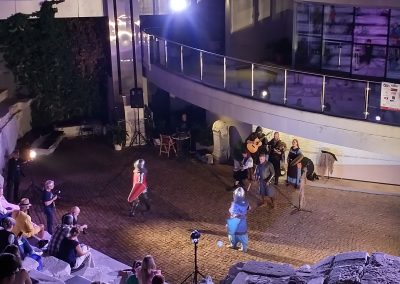
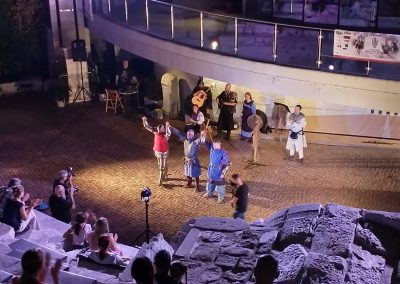
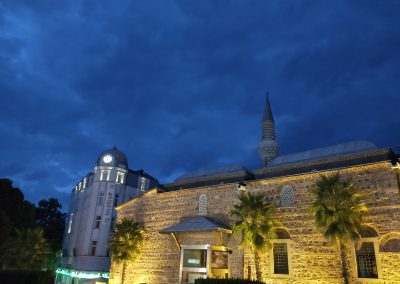
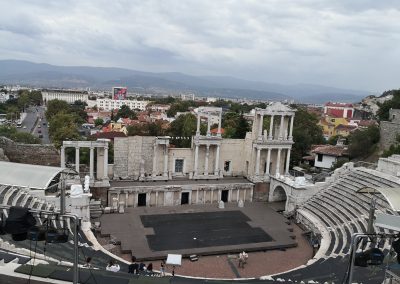
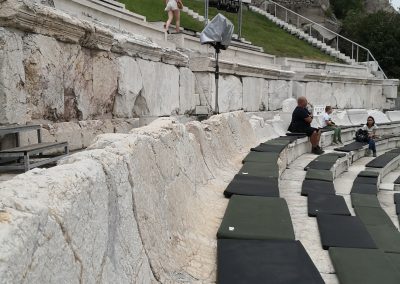
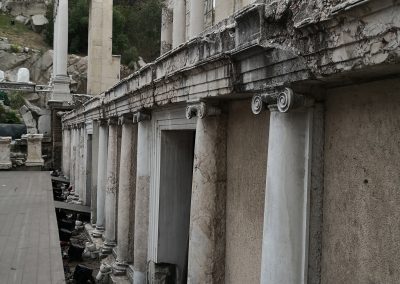
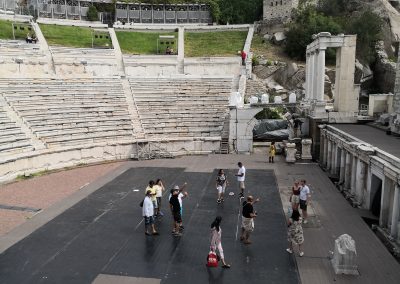



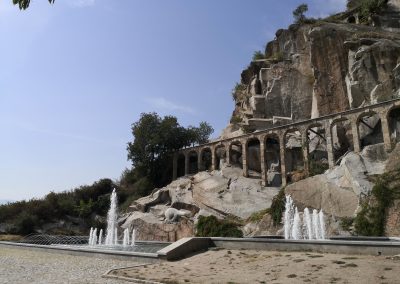
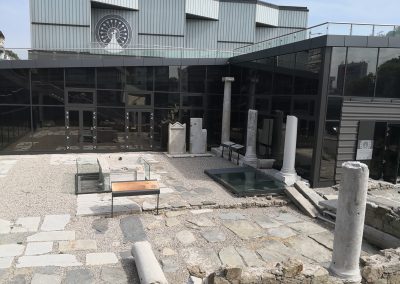
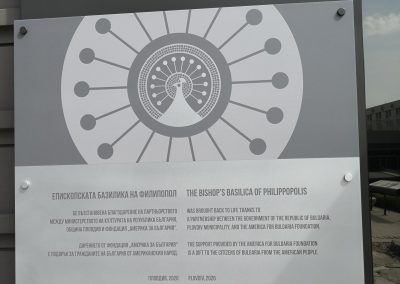
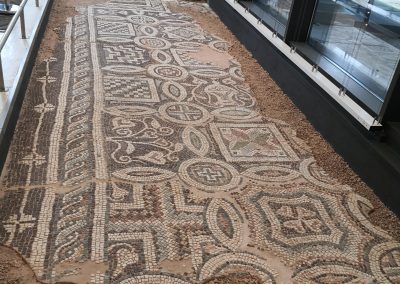
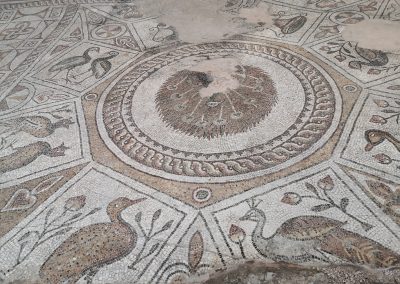
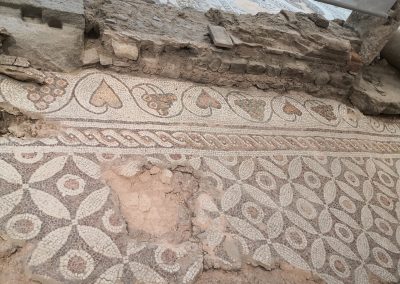
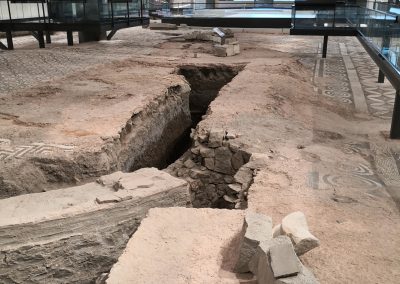
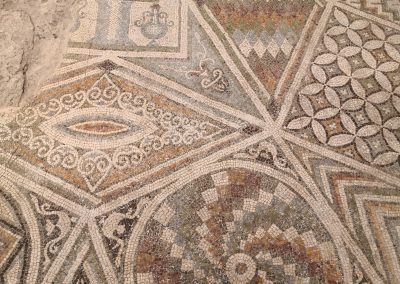
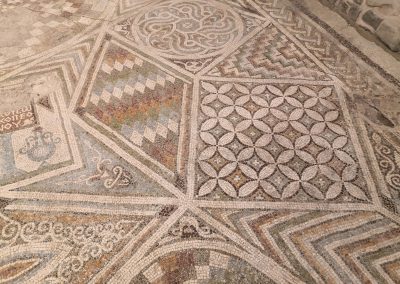
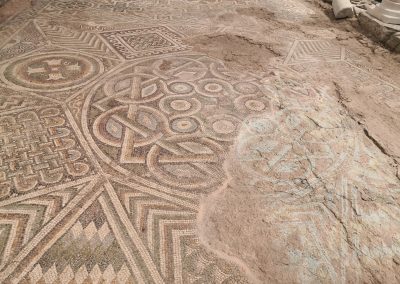

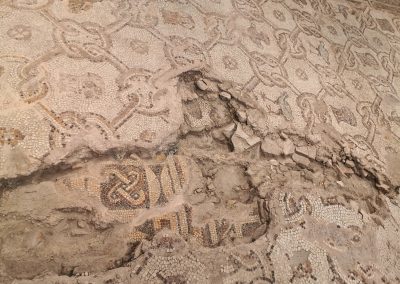
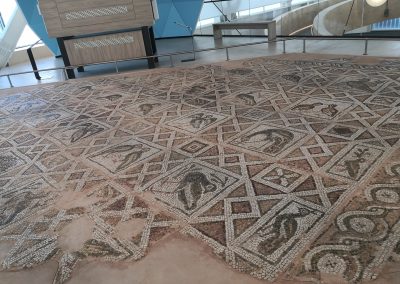
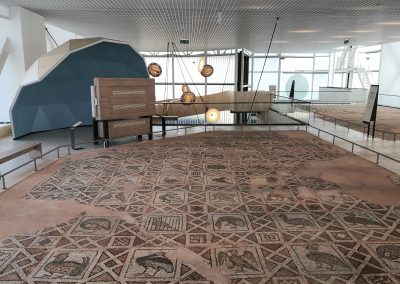
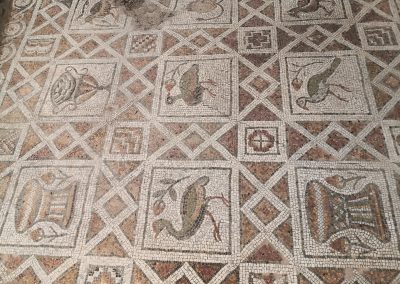
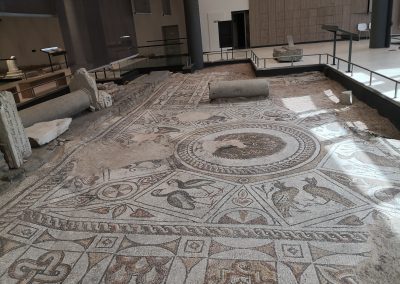
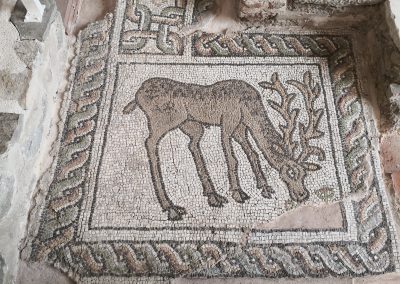
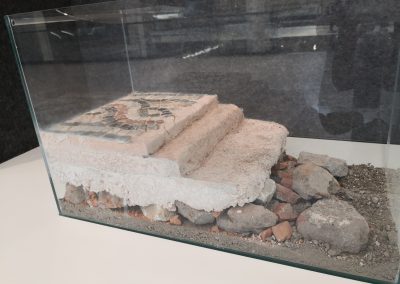
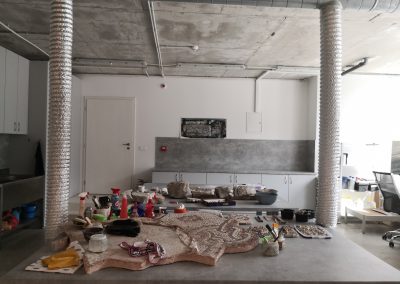
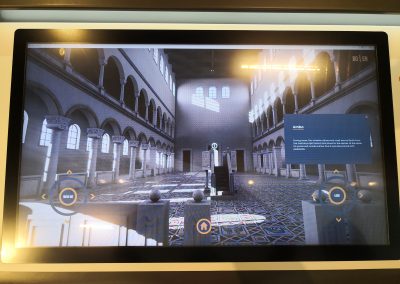
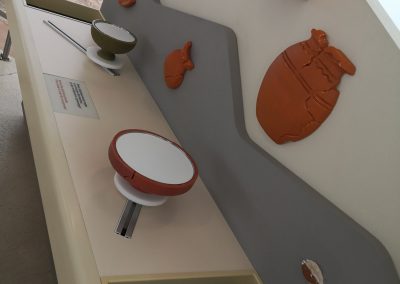
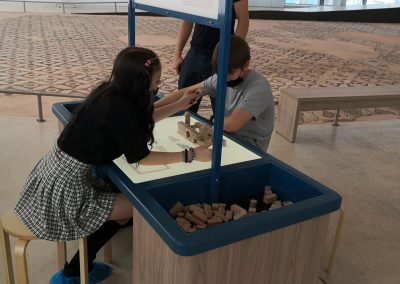
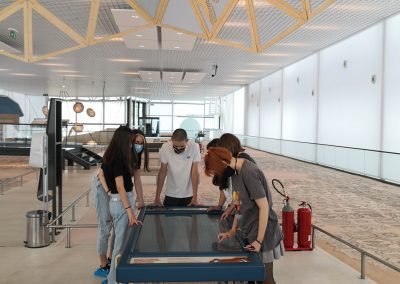
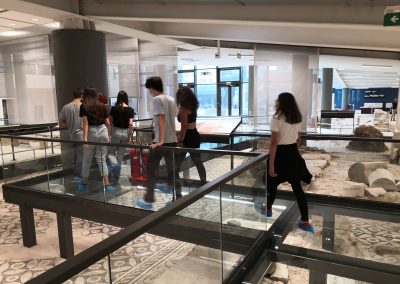
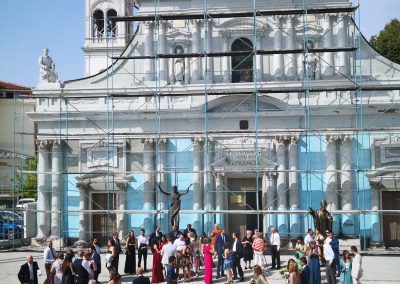
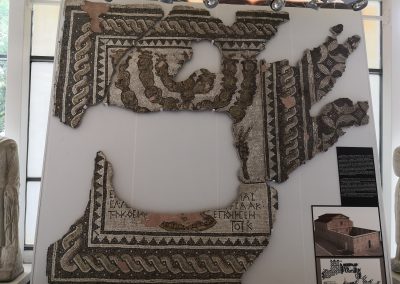
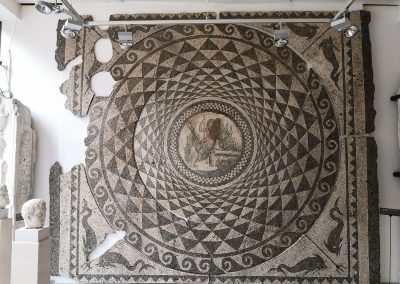


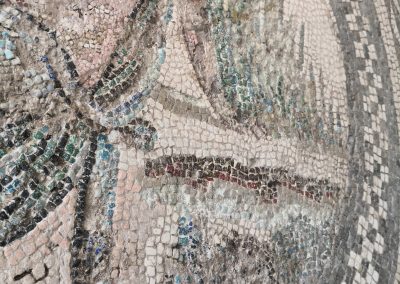
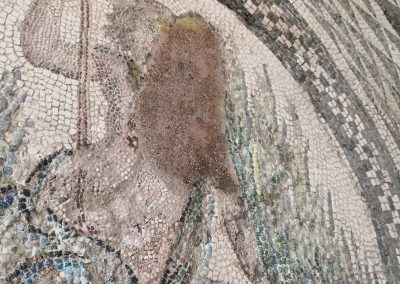
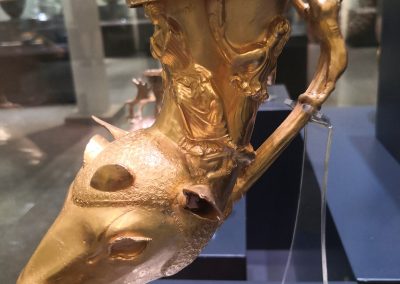

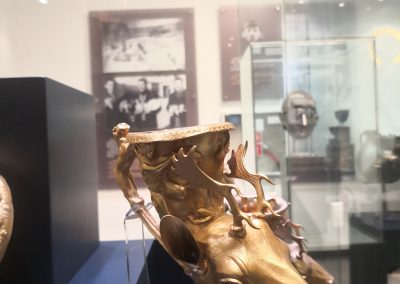
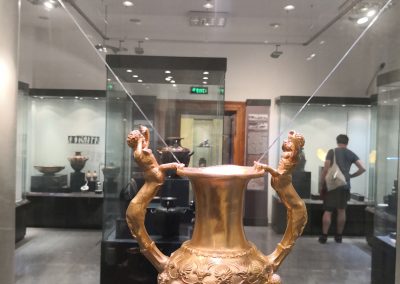

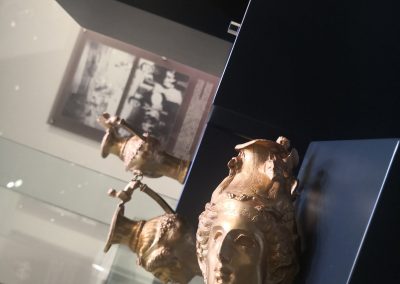
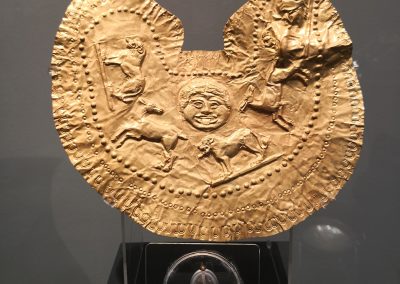
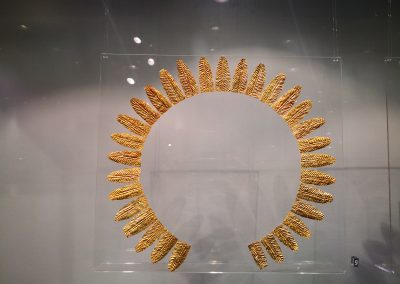

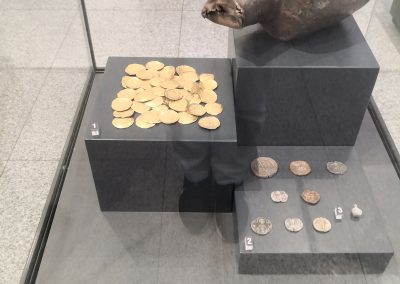
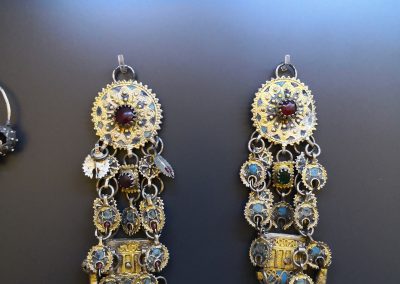
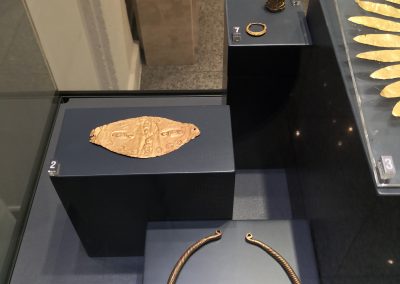
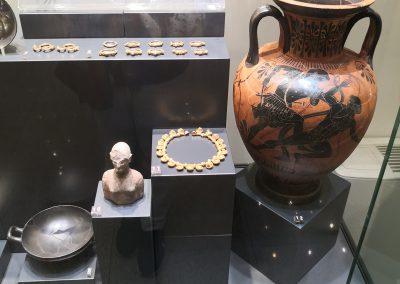
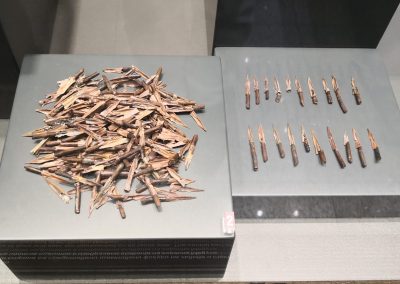

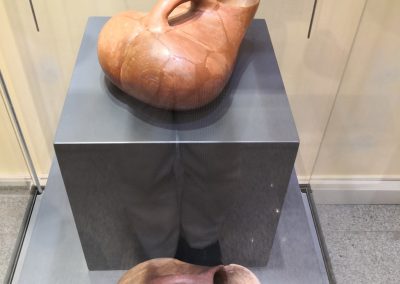

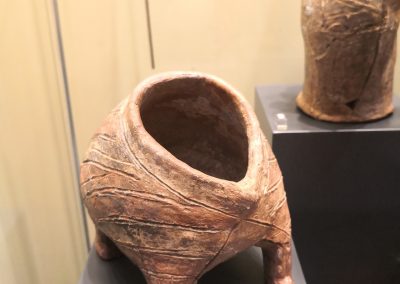
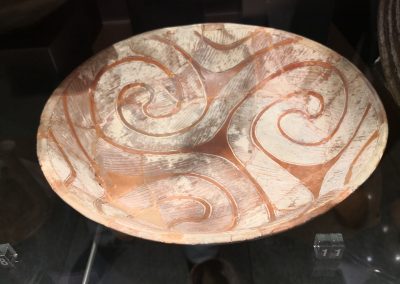

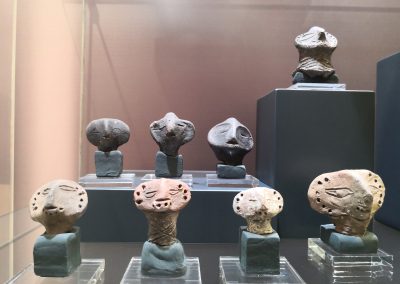


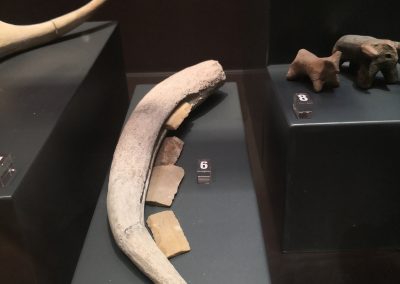

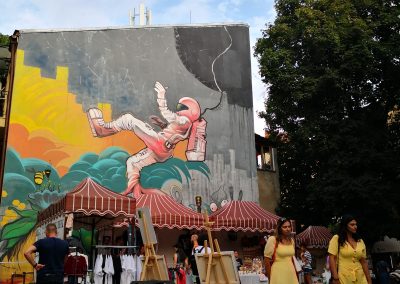
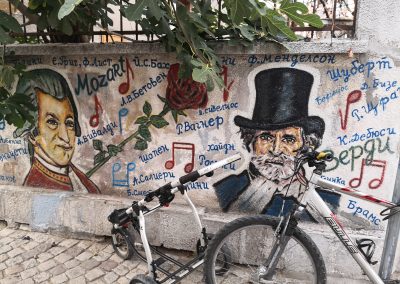
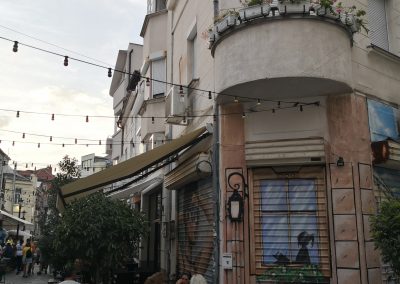
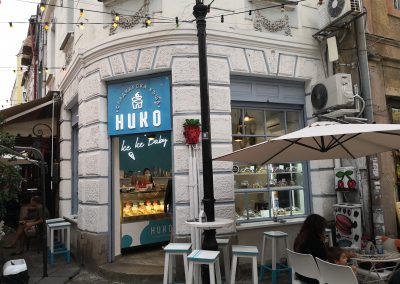
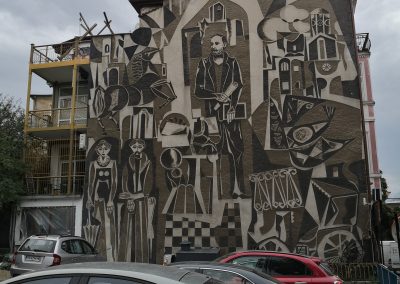
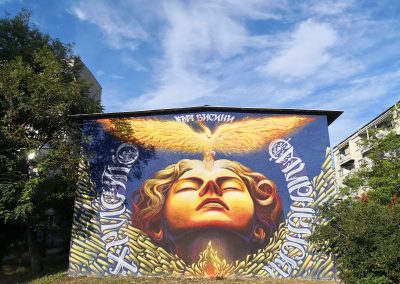
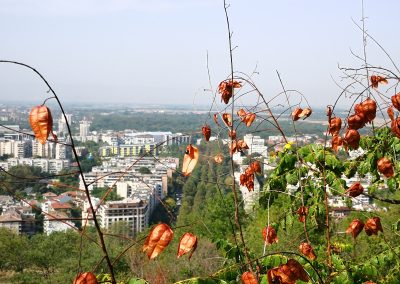
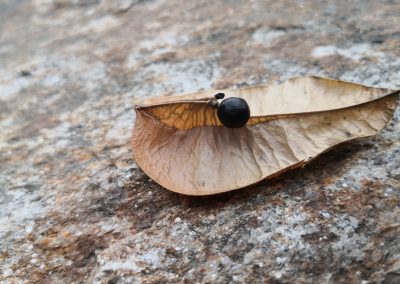
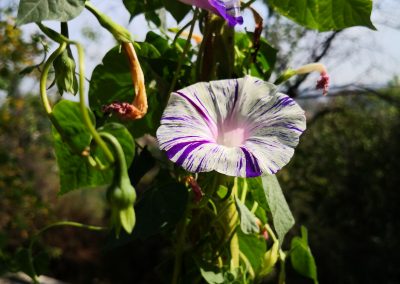
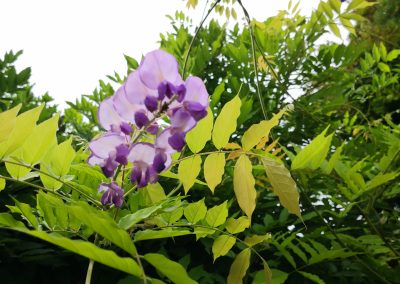
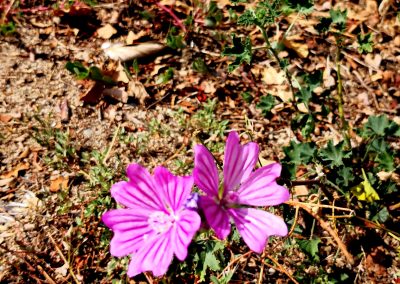
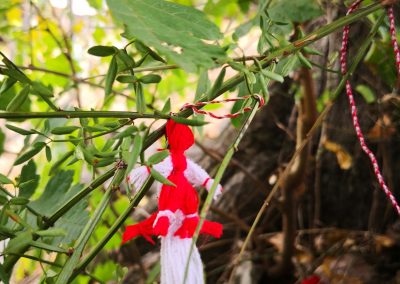
Trackbacks/Pingbacks